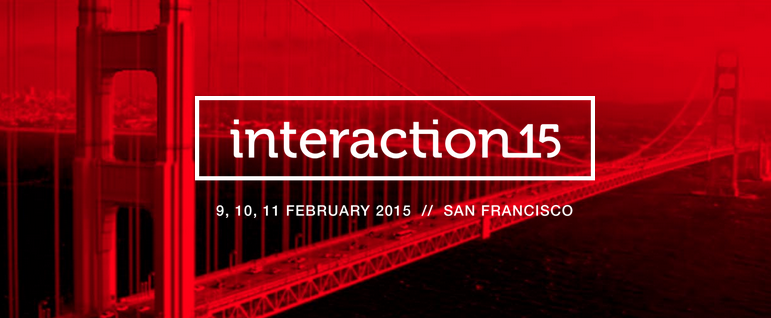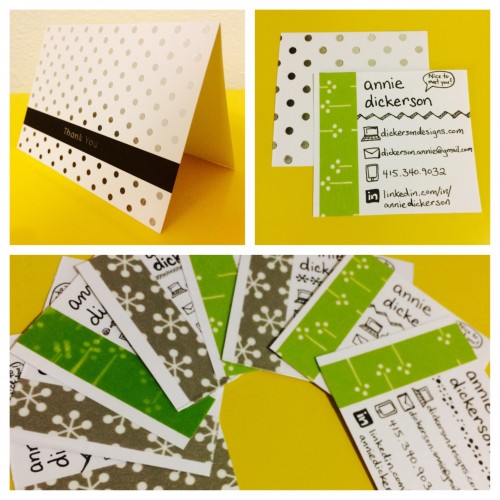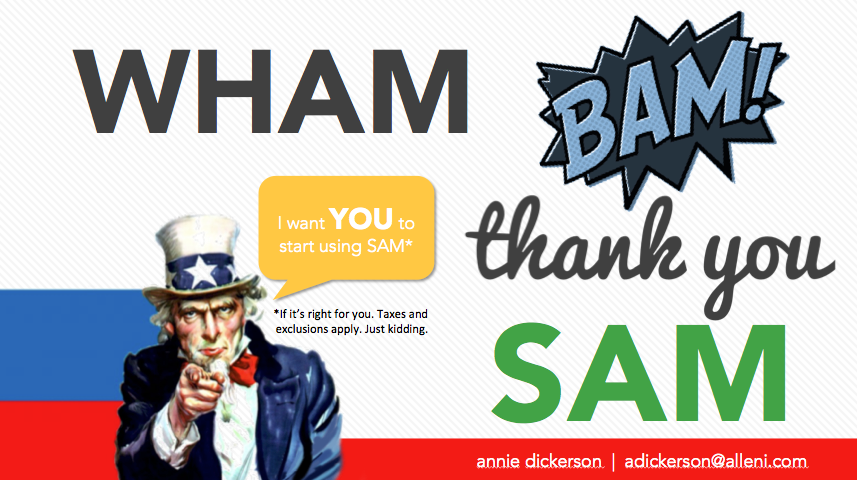
by Annie | May 13, 2015 | Instructional Design
Over the past year, I’ve had the opportunity to design a variety of incredibly interesting online courses that have impacted thousands of people around the world. I’ve worked with great teams at companies like Microsoft, Adobe, LinkedIn, and Benefit Cosmetics. Best of all, I’ve had the chance to work with the awesomely talented, incredibly fun, and passionate people of Studio i, the San Francisco branch of Allen Interactions. When the news came down that Studio i would be dissolved, we banded together, helping each other with resumes, cover letters, and networking. With the huge amount of talent and passion in this bunch, I’m confident everyone will find great opportunities, but it’s with a heavy heart that I close the book on Studio i and the awesome times we’ve had together. As for me, my next adventure is about to begin! Stay tuned for more… ...

by Annie | Feb 11, 2015 | Interaction Design
There’s nothing quite like the buzz you get from a creative conference. So many new ideas, rich conversations, and memorable characters. The annual Interaction Design Association (IxDA) conference, held right here in San Francisco this year, just came to a close today after three days of engaging sessions, keynotes, and workshops. My head is swimming with new ideas, my notebook is filled to the brim with sketches and notes, and I’ve made a number of new friends in the community. Here are my top 5 takeaways from Interaction15: 1. Selling the design is as important as doing the design. Like many designers, I often assume that a strong design will speak for itself. In actuality, any design relies upon the designer to make it come to life. And as such, designers need to be sellers. And performers. Just as a realtor sells a house by helping the client envision their life in that home, we as designers must sell the vision of our designs. 2. Communicate the vision throughout the project. I realize now that I often start meetings as if we’re picking right back up from where we last left off, as if clients have spent just as much time as I have thinking about and tinkering with each aspect of the project in the days since our last meeting. In actuality, clients are often coming in from other meetings and need to be reminded of the status of the project, the connection between what will be covered and the project vision, and how they can contribute. 3. Confidence is part of the job. Humility is expensive. Being a designer can...

by Annie | Feb 9, 2015 | Typographically Speaking
I remember my grade school cursive lessons with pride, recalling how my teacher taught me to slant my paper just so, and the first time I mastered that tricky lowercase ‘r.’ These days, handwriting is at a premium. It’s no longer taught in most schools, having been replaced by the click click click of the keyboard instead. However, there’s so much you can learn from a person’s handwriting. And that’s why I decided to upcycle some old thank you cards to create handwritten business cards. Time consuming, yes. But a chance to make a memorable first impression and stand out from the sea of glossy and printed cards. All it took were some old greeting cards, scissors, washi tape, and a decent amount of patience. But now each time I hand out a card, it’ll mean something more to me, and I’ll be exposing a little more of who I am through those carefully handwritten letters....

by Annie | Feb 8, 2015 | Instructional Design
It’s been about a year since I started using the Successive Approximation Model, or SAM, as we call it in the eLearning world. In that time, SAM and I have gone through growing pains, endless rounds of trial and error, noticeable progress, and memorable successes. SAM is the predominant development framework we use at Allen Interactions, so I have gotten to know it well. At its core, SAM is about rapid prototyping and iteration, bringing you closer and closer to the final product through successive approximation, as its name would imply. I recently gave a presentation on SAM at the Bay Area Learning Design and Technology meetup, with nearly half the audience having never heard of SAM before. After fondly recounting my first failed design attempt at Digido, involving a big honkin’ design doc that nobody read, I told the story of our successive attempts to learn about our audience and to build a product that would make a difference. All those lessons, in the form of our prototypes MotionMaze and Pop & Dodge, led us to create Zoopnium, which made it into the top 10 kids’ games in the App Store. Looking back, I realize that through the multiple rounds of iteration, we were essentially living SAM. And while SAM doesn’t always work for every client, it does push me to work quickly to create and test prototypes, which teach me much more about the project needs and learner audience than documents and discussions. So thank you, SAM. Thank you for getting me out of the design doc mode, for giving me the creative freedom to test and retest different...





